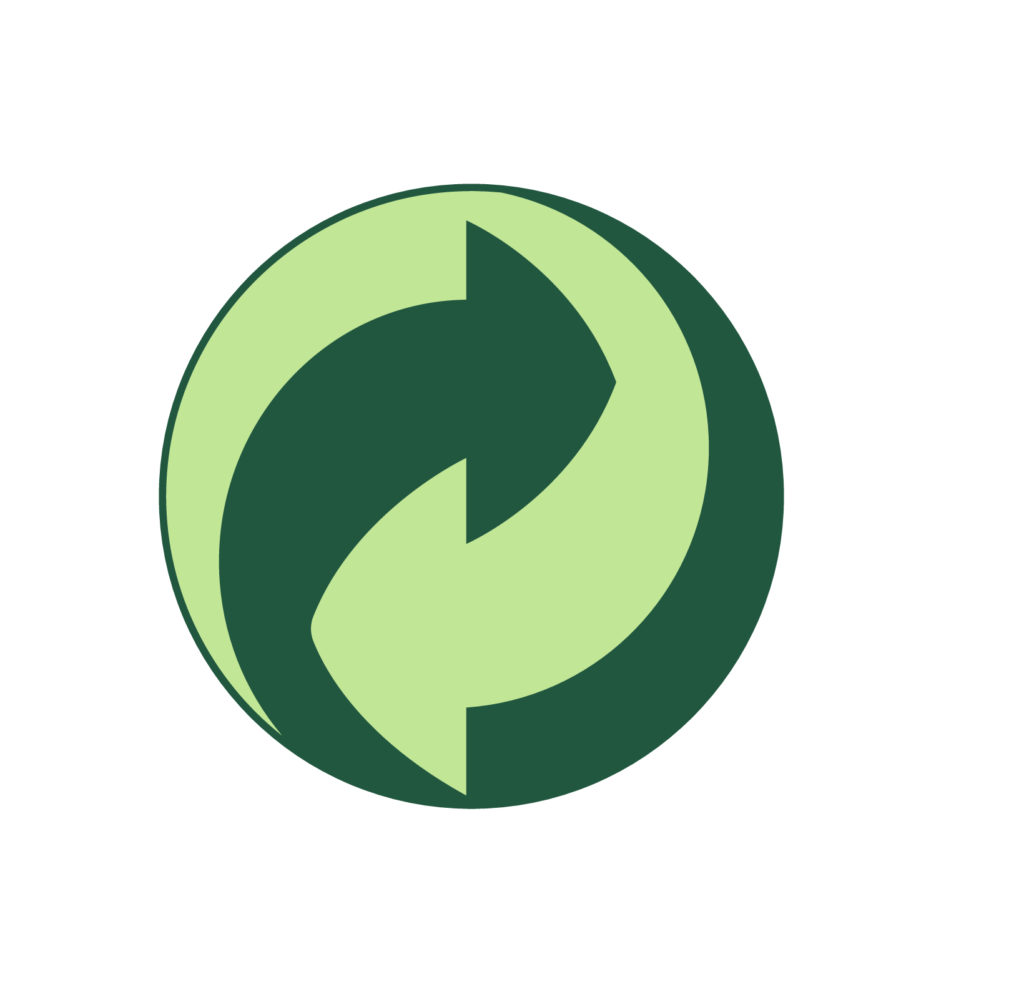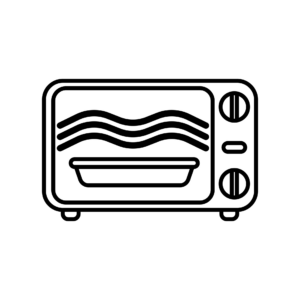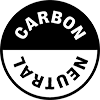Food Packaging Symbols and What They Mean (UK)

Food packaging symbols are important for several reasons, but what do these food packaging symbols mean?
Modern food packaging comes emblazoned with dozens of symbols. Some may look familiar, but many of these symbols might not mean much to most of the population.
Consumers need to find out what their food products contain, especially if they have food allergies or intolerances. They also need to know how they should dispose of the packaging once it’s served its purpose, but the symbols on the packaging can be confusing.
So that people can make purchases that are right for them, their ethics and dietary requirements, we’ll explain why each food packaging symbol is used and why it’s important.
The Recycling Symbol

One of the most recognisable symbols on packaging is the Mobius Loop. It’s been in use for decades, and its purpose is to indicate that the packaging material can be recycled. It’s important to note that recycling symbols like the one shown above doesn’t indicate whether the product or material itself is recycled or uses recycled materials; it simply means that 75% or more of UK local authorities will accept the packaging.
This type of recycling label sometimes features a percentage figure in the middle. This figure explains how much of the packaging has been made using recycled materials. Generally speaking, the higher the number, the more sustainable the packaging is.
Non-Recyclable

This symbol on packaging is a little confusing. It doesn’t mean that you can’t recycle the item at all; it just means that less than 50% of UK local authorities can sort, process and recycle the material into new products.
If you’re confused about the materials you can recycle in your local area, use Recycle Now’s handy tool.
The Green Dot

The Green Dot symbol is a worldwide protected trademark and is used by organisations in 29 countries to show that a financial contribution has been made to a qualified national packaging recovery organisation. Although it’s similar to the recycling symbol above, it doesn’t mean that the packaging is recyclable; it simply means that companies have made financial contributions towards recycling efforts.
The Tidyman Symbol

Perhaps the world’s most well-known food packaging symbol, “The Tidyman”, was invented by Keep Britain Tidy. The ubiquitous logo reminds consumers to be responsible citizens and to dispose of packaging thoughtfully after use. Like the Green Dot symbol, it has nothing to do with recycling and doesn’t indicate that the product’s packaging is recyclable.
Compostable Packaging

This seedling symbol on packaging refers to the EU certification for compostable packaging — meaning that packaging can only feature this symbol after formal certification and rigorous testing. The symbol signifies that the packaging passes all criteria set out by European standards and can be composted safely and responsibly, returning to the earth without leaking harmful chemicals.
Home Compostable

Home-compostable packaging will bear a different logo as this doesn’t generate the required heat to meet industrial guidelines. The optimum temperature for home composting varies between 45-65°C.
FSC Certified Paper

Paper-based packaging like eco-friendly void fill is great for the environment, but not all food trays, bags or straws are responsibly sourced. The FSC Certified Paper symbol reassures eco-conscious consumers that the wood pulp used to make these kinds of products is sustainably sourced.
Resin Identification Codes

Resin Identification Codes (RICs) are symbols that help businesses and consumers identify the type of plastic resin used to create the packaging.
There are seven Resin Identification Codes, each of which identifies different forms of plastic so that it can be sorted appropriately for recycling purposes. However, marking plastic with RICS in the UK isn’t mandatory.
The Fair Trade Certified Mark

The Fair Trade Certified Mark is an easily identifiable and well-trusted symbol. To become certified, companies must work with Fairtrade International to ensure their practices and processes operate to certain standards. The organisation focuses on sustainable livelihoods for farmers and workers and protecting the environment.
When businesses become certified to use the Fair Trade mark on their food packaging, consumers should recognise that the company has gone to great lengths to ensure the sustainability of its practices, helping people worldwide to have better lives and work under safe and humane conditions.
Recyclable Aluminium

This packaging symbol does exactly what it says on the tin! It simply indicates whether or not the aluminium packaging in question can be recycled, but it’s a little-known fact that aluminium is one of the most recyclable materials on the planet.
Recycling aluminium requires only 5% of the energy used to make the metal itself from raw materials, making it one of the most valuable metals for recycling in the world. This is due to the simple recycling process used to repurpose aluminium packaging like drinks cans.
Freezer Safe

If you spot a snowflake on your packaging, you’re able to freeze the whole product without having to remove the wrapping first. Always abide by the freeze-by dates to ensure your food is safe to eat.
Microwave Safe

The microwave food packaging symbol can take a few different shapes, but three squiggly lines will usually be present. This means that your packaging is safe to put into the microwave to reheat.
Dietary Food Symbols for Food Packaging
While the food packaging symbols above help people understand where their packaging came from and how to dispose of it, dietary food symbols are essential for consumers following a restricted or limited diet, especially those with food allergies or intolerances.
The Gluten-Free Symbol

The crossed grain symbol is internationally recognised as a gluten-free symbol. It represents products that have gained gluten-free certification, which is highly important for businesses to adopt.
Not only is including the gluten-free symbol a necessity for people with gluten intolerance, but it also helps market their products to people who follow a gluten-free diet for other reasons. According to a recent survey by Coeliac UK, 95% said that the crossed grain symbol was of great importance when shopping for products to suit their diet.
The Vegetarian Symbol

This symbol can vary in its design, but it’s generally depicted as a “V” character, sometimes inside a circle or oval shape. This symbol means the food inside the packaging is Vegetarian Society-approved. Much like the gluten-free symbol, it’s important for businesses to acquire and make use of this mark on their food packaging to help market their products to vegetarian consumers.
The Vegan Symbol

As vegan diets become increasingly popular, this symbol has seen a dramatic rise in usage. Although the symbol itself can vary, the official vegan trademark confirms to customers that the Vegan Society has independently tested and approved the food product, deeming it 100% vegan-friendly.
Looking for eco-friendly food packaging? Check out our online shop and find all the environmentally friendly packaging products you need for all kinds of cuisine.
If you need to add a symbol to your food packaging, why not get a free custom packaging design quote today? See how we can boost your brand awareness and give your customers all the information they need to purchase your products.


